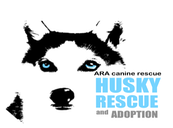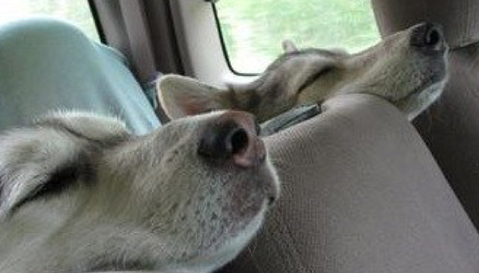Dogs only perspire around their paws, which is not enough to cool the body.
To rid themselves of excess heat, animals pant. Air moves through the nasal passages, which picks up heat from the body. As it is expelled through the mouth, the extra heat leaves along with it. Although this is a very efficient way to control body heat, it is severely limited in areas of high humidity, when the temperatures soar, or when the animal is in close quarters. Overweight dogs are also more prone to overheating because their extra layers of fat create more insulation and trap more heat. A dog’s normal resting temperature is about 100.5 to 102.5 degrees Fahrenheit.
Once a dog’s temperature rises above 105 degrees, physiological changes start to take place.
Signs of heatstroke include:
Excessive panting, vomiting/retching, lethargy, collapse, thick red gums, and thick saliva.
WHAT TO DO.
Get into the shade. Apply cool water to the inner thighs and stomach and foot pads.
A faucet or hose is the best way to wet down your dog’s body. Never submerge your dog in water, such as in a pool or tub – this could cool the dog too rapidly, leading to further complications, including cardiac arrest and bloating.
Use cool water not ice. Ice or extremely cold water is counterproductive because this causes the blood vessels to constrict, which slows blood flow, thus slowing the cooling process.
Never cover an overheated dog with a wet towel or blanket. This inhibits evaporation and creates a sauna effect around your dog’s body. Likewise, don’t wet the dog down and put it into an enclosed area, such as a kennel. Any air flow during the cooling process is helpful in reducing the dog’s body temperature. Sitting with the wet dog in a running car with the air conditioner blowing is an ideal cooling situation.
Keep the dog moving. It’s important to try to encourage your dog to stand or walk slowly as it cools down. This is because the circulating blood tends to pool in certain areas if the dog is lying down, thus preventing the cooled blood from circulating back to the core.
Allow the dog to drink small amounts of water. Cooling the dog is the first priority. Hydration is the next. Don’t allow the dog to gulp water. Instead, offer small amounts of water that’s cool, but not cold. If the dog drinks too much water too rapidly, it could lead to vomiting or bloat.
Avoid giving human performance drinks. They are not formulated with the canine’s physiology in mind. If you can’t get an overheated dog to drink water, try offering chicken or beef-based cool broths.
(this information is not intended to be used as an alternative to medical advice. we are not vets.)

